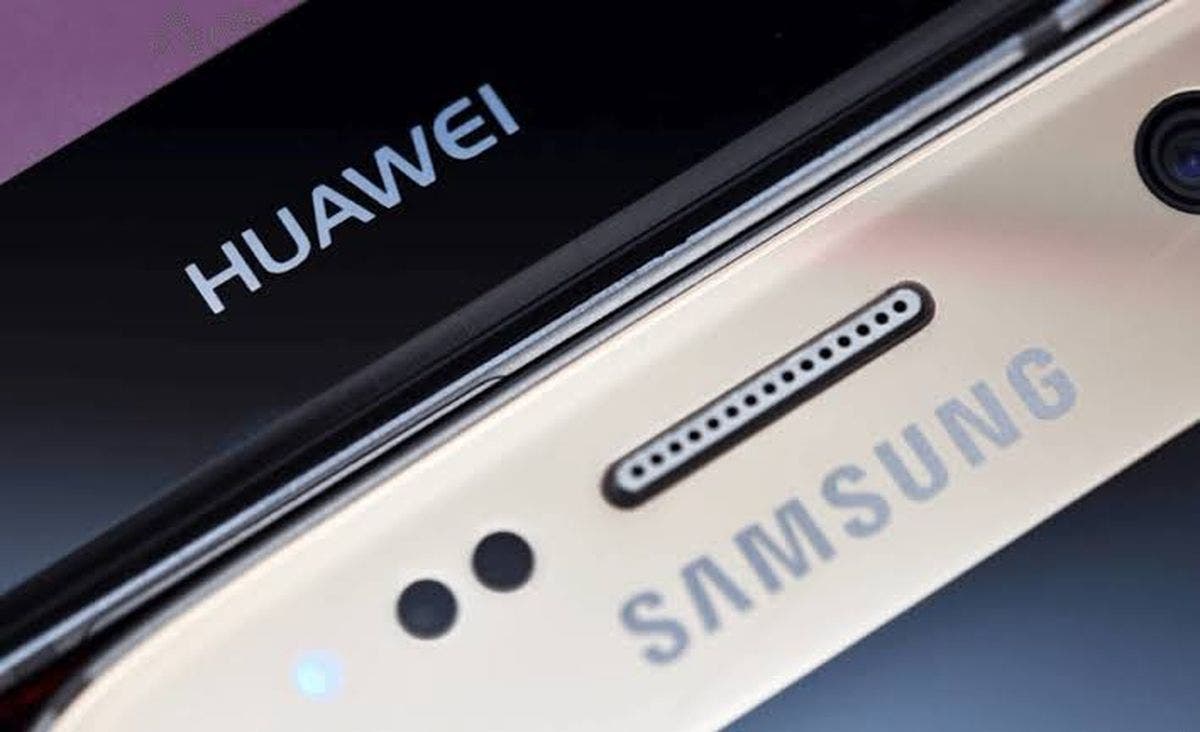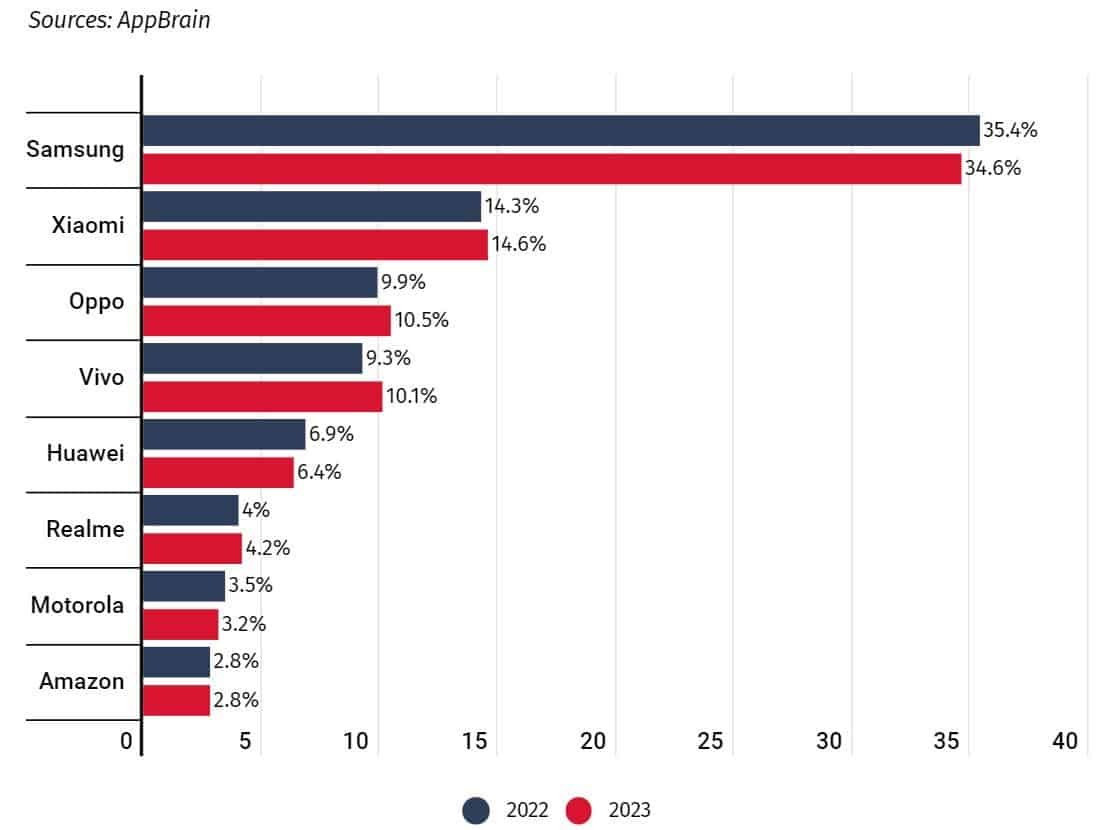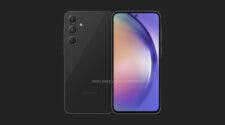No matter what you say, Android is the most popular operating mobile system out there. There are more than 2.8 billion active users. And although the Android market has a lot of brands, most of the users prefer Samsung. That would eventually mean that the South Korean smartphone manufacturer has the highest share, right?
Well, even though Samsung has been a leader in both user count and revenue, there have been sudden changes in the market share.
According to the data from Casinos En Linge, Huawei and Samsung have been seeing a drop in their market shares for years. And while they are falling, two Chinese manufacturers, Vivo and Oppo, have gained the upper ground.
The Fall of Samsung and Huawei
From the early days of Android, Samsung has always been in the lead in terms of market share. And it has continued to perform the same ever since. Back in the 2010s, the South Korean brand overrun HTC, LG, and other competitors with a marginal difference.
Even in the current days, Samsung is behind for more than 50% of the total Android device sales globally. Still, last year, the smartphone giant saw a drop in the Android market share.

From the data from AppBrain, Samsung held 34.6% of the market share in February. And in the same month last year, the South Korean firm had 35.4% of the total Android market share.
On the other hand, there’s Huawei. Last year, it had a 6.9% market share, which dropped to 6.4% this year.
Oppo and Vivo Secured 22.6% of the Android Market Share
While Samsung is losing ground, some Chinese brands are gaining momentum. According to the report, the second-largest Android phone maker, Xiaomi, has seen a good rise between February 2022 and 2023. Its Android market share rose to 14.6% from 14.3%.
The Chinese producers that saw a noticeable shift are Oppo and Vivo. The market share of both is currently 22.6% combined. That is, Oppo now holds 10.5% of the share, while Vivo is currently at 10.1%.
Gizchina News of the week
Last year, Oppo had 9.9% of the total Android market share in February. On the other hand, Vivo was at 9.3%. That means each difference is 0.6% and 0.8%, respectively. And the combined 22.6% of market share is pretty large for the two smartphone makers.
The data from AppBrain also share insight regarding other brands. That includes Realme, which saw a 0.2% percent rise, and Motorola, which saw a 0.4% decline. It also includes Amazon, which did not see any rise or fall.

Overall, the main highlight of this Android market share review is that Oppo and Vivo are gaining ground. And this could make Samsung worry a little about its recently released Galaxy S23 series. But will that actually be the case?
Samsung Galaxy Devices Are Still Dominating the Android Market
Oppo and Vivo might be the winners in the budget-friendly market. But Samsung does not have any competition in the Android market when it comes to high-end devices.
According to AppBrain data, Samsung Galaxy devices are still the most popular Android phone worldwide. These flagship phones have a 7.4% of market share as of February.

Samsung is even dominating the budget and mid-range segments. When you analyze by models, most of the Samsung users are rocking the Samsung Galaxy A12, even though it is an entry-level device. The model had 2.1% of the Android market share this month.
Then, there is the Samsung Galaxy A21s, which is the second most popular Android device from Samsung. It holds 1% of the total market share now. Finally, the third-ranked Samsung device is the Galaxy A10s. The others, such as the Samsung Galaxy A32, follow those three popular Android devices.





